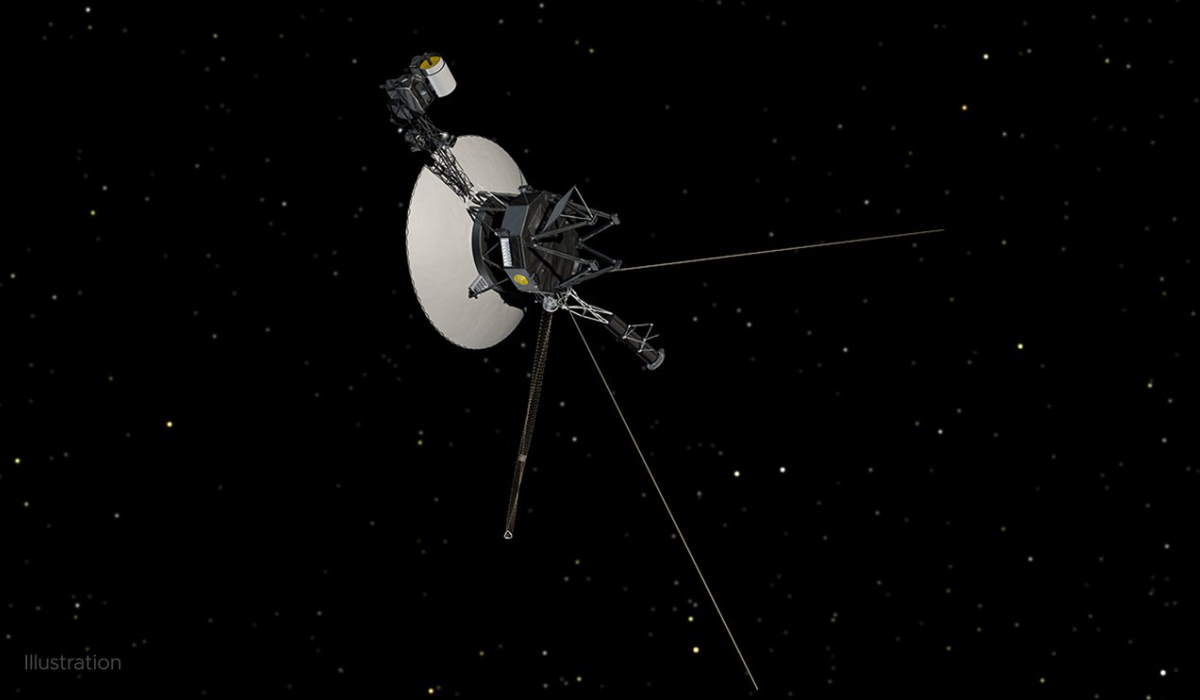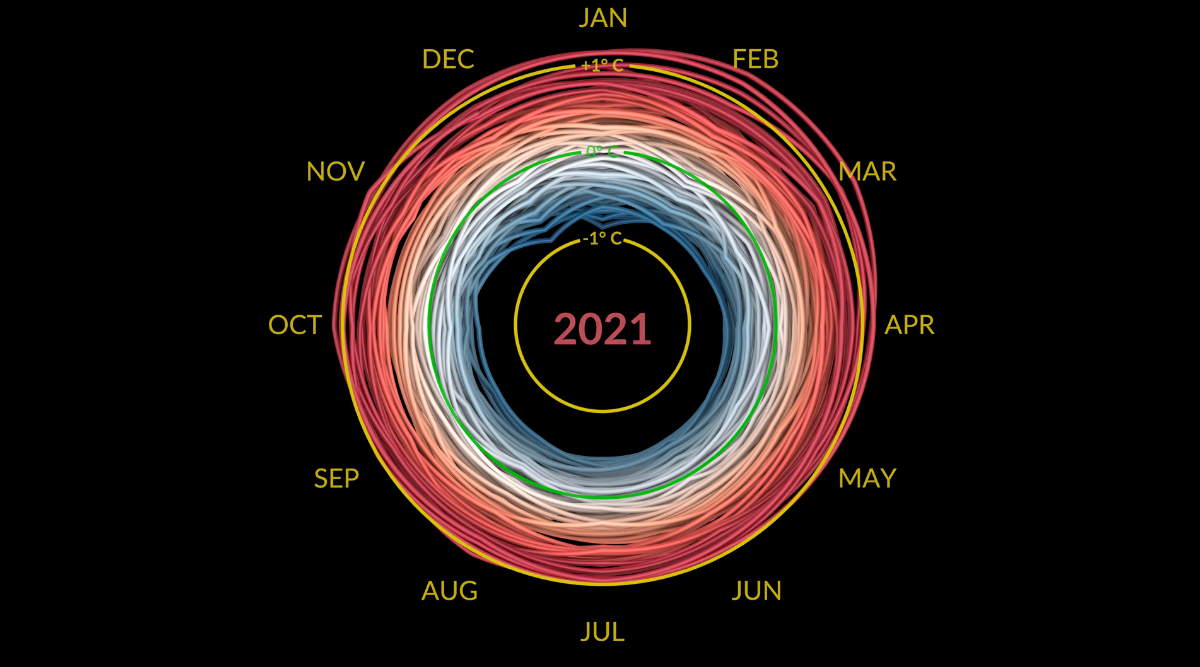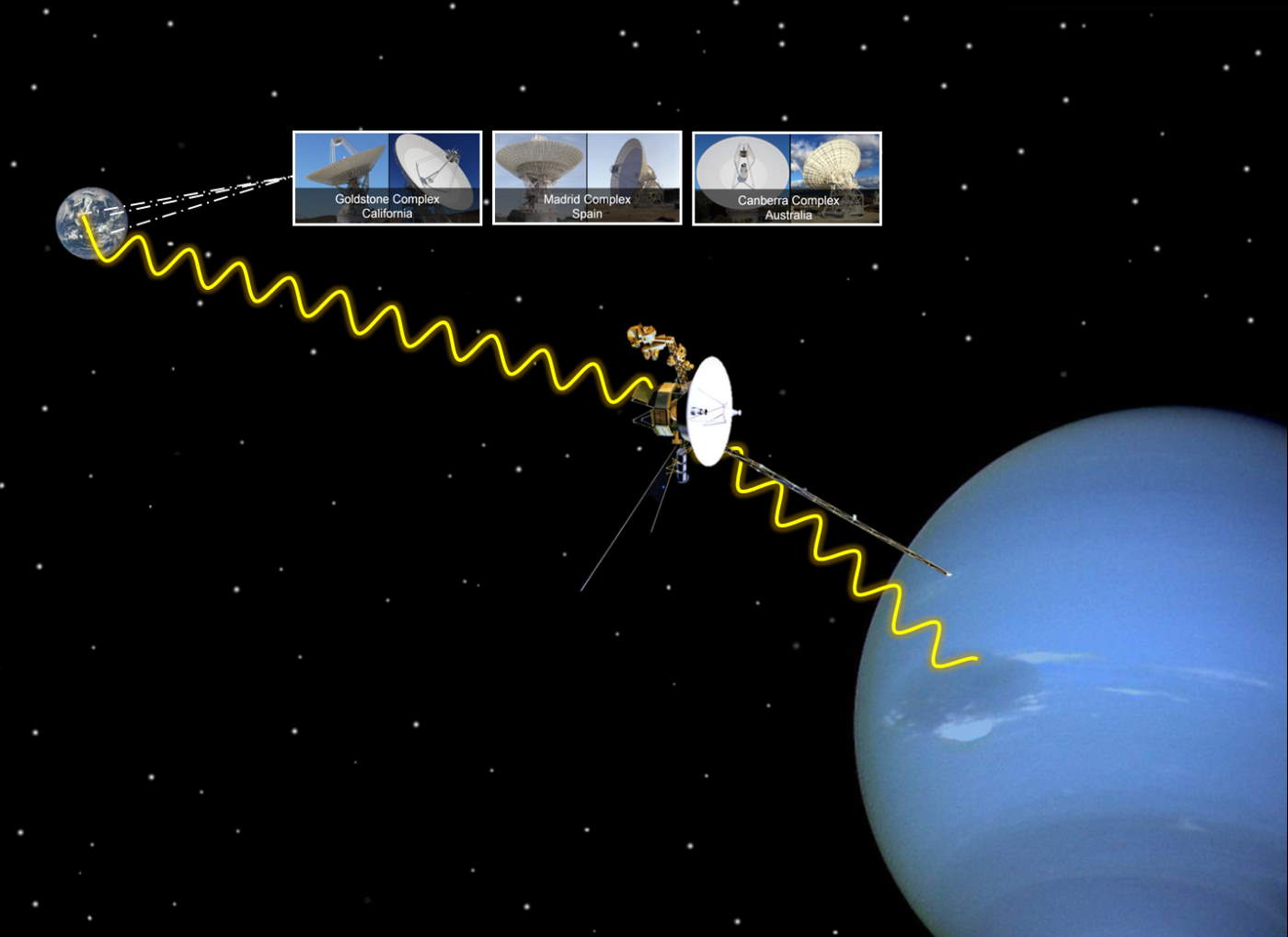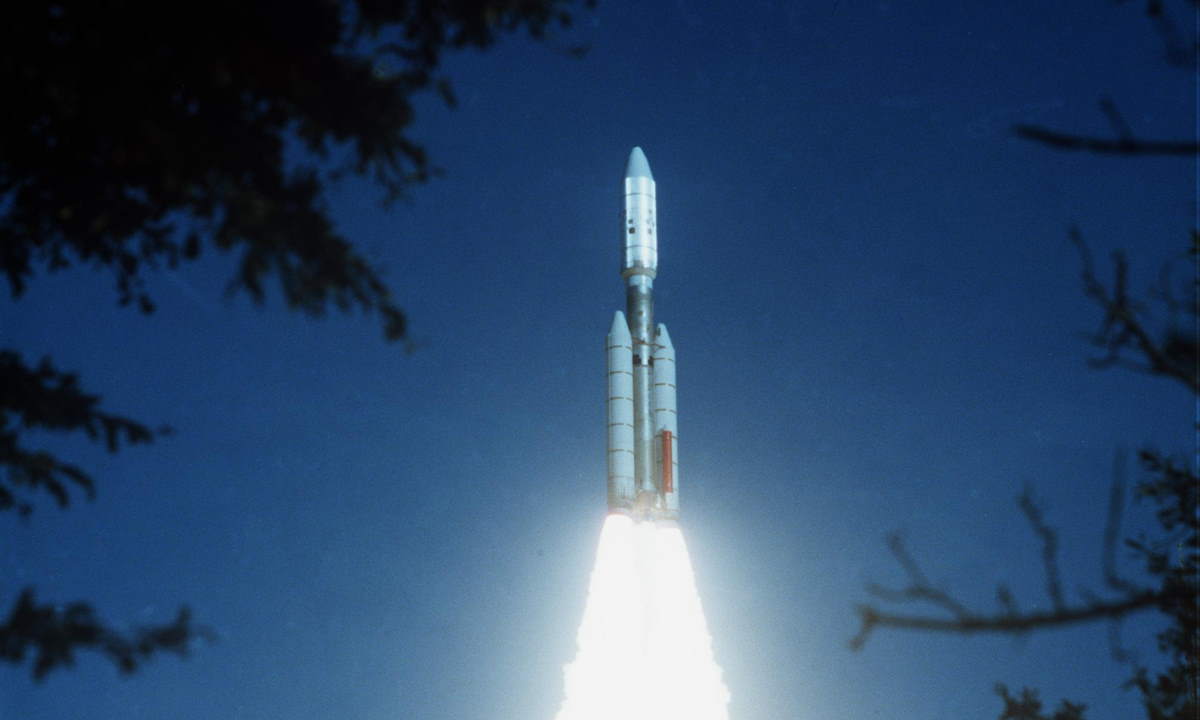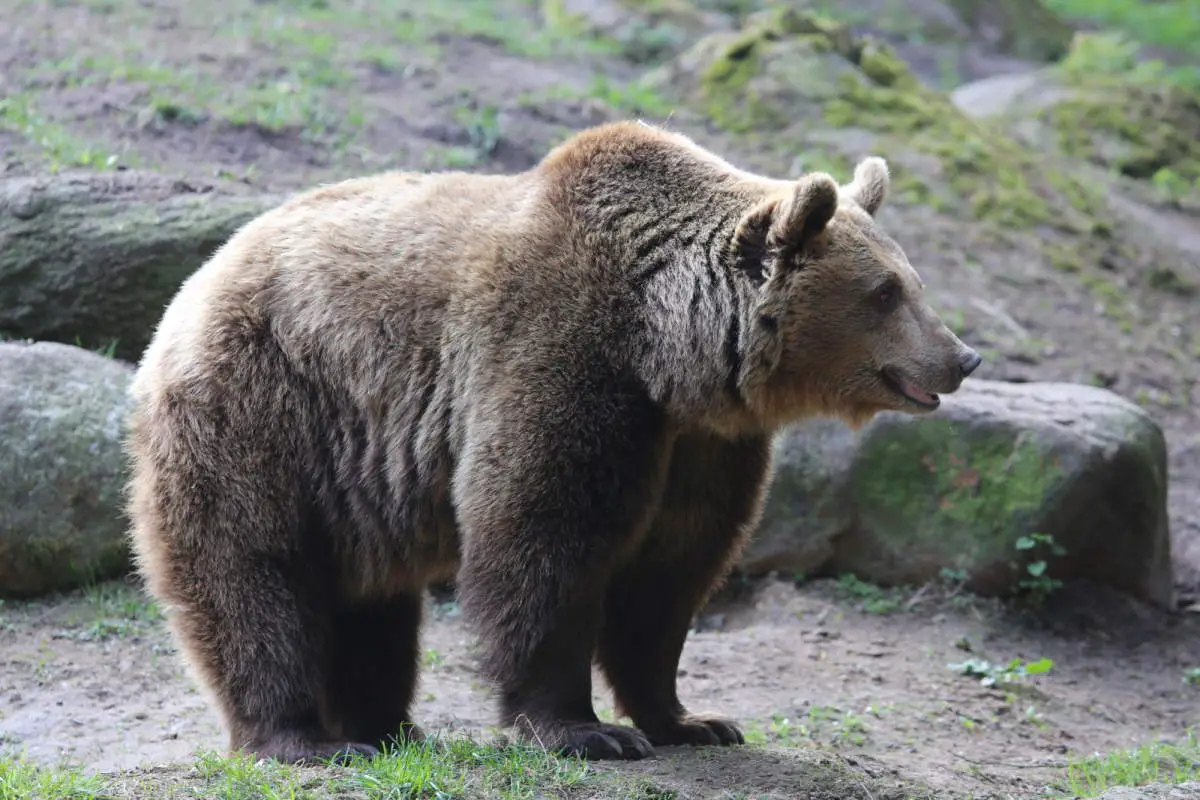On August 25, 2012, NASA’s Voyager 1 spacecraft crossed the heliopause, the theoretical boundary of our solar system where the Sun’s solar wind is stopped by the interstellar medium, and became the first spacecraft in interstellar space.
Continue reading “Voyager 1 became the first spacecraft in interstellar space on August 25, 2012”The world is getting hot! [Climate Spiral by NASA visualizes this]
NASA Climate Change channel published a worrying animation titled “Climate Spiral” that visualizes global warming since 1880 in just 70 seconds.
Continue reading “The world is getting hot! [Climate Spiral by NASA visualizes this]”Voyager 2 performed the first Neptune flyby on August 25, 1989
On August 25, 1989, Voyager 2 performed a close Neptune flyby, giving humanity its first close-up of the eighth (and the outermost) planet of our solar system. Neptune was the spacecraft’s final planetary target.
That first Neptune flyby was also the last: No other spacecraft has visited Neptune since.
Continue reading “Voyager 2 performed the first Neptune flyby on August 25, 1989”The first photograph of Earth from the Moon’s orbit [August 23, 1966]
On August 23, 1966, NASA’s Lunar Orbiter 1 robotic spacecraft took the first photograph of Earth from the Moon’s orbit.
Continue reading “The first photograph of Earth from the Moon’s orbit [August 23, 1966]”21 Unique Dog and Canines (Canids) Facts
Everyone knows at least a little about dogs, or they at least know they love them. But there’s probably a lot you don’t know about man’s best friend, including where that phrase comes from!
Continue reading “21 Unique Dog and Canines (Canids) Facts”Voyager 2 was launched on August 20, 1977
On August 20, 1977, Voyager 2 was launched from Cape Canaveral on top of a Titan IIIE-Centaur rocket. It launched before Voyager 1, which was sent into space on September 5, 1977.
Continue reading “Voyager 2 was launched on August 20, 1977”First Animals and Plants Returned Alive from an Orbital Spaceflight on August 20, 1960
On August 20, 1960, the first animals and plants returned alive from an orbital spaceflight. Launched on August 19, the Soviet Union’s Korabl-Sputnik 2 (also known as the Sputnik 5) was the first spaceflight to send animals and plants into orbit and return them safely back to Earth. it paved the way for the first human orbital spaceflight, Yuri Gagarin’s Vostok 1, which was launched on April 12, 1961.
Continue reading “First Animals and Plants Returned Alive from an Orbital Spaceflight on August 20, 1960”Top 20 Countries with the most UNESCO World Heritage Sites [2022 Update With Photos]
There are a total of 1154 UNESCO World Heritage Sites in the world (as of 2022: 897 Cultural, 218 Natural, and 39 Mixed) in 167 countries. Here are the top 20 countries having the most UNESCO World Heritage sites.
Continue reading “Top 20 Countries with the most UNESCO World Heritage Sites [2022 Update With Photos]”Electric Vehicles Include More Than Just Cars
Vehicles powered by electricity are steadily taking over the world and becoming more popular. As more people push to fight climate change, electric vehicles (EVs) should be seen on the road more and more. EVs are a net win for the planet, helping people adapt to machinery-heavy commuting and work needs with far less reliance on fossil fuels.
However, the electrification of the automobile industry encompasses more than cars for individual consumers. The extent of the push for electrified vehicles reaches into the construction industry, warehousing, and bicycle commuting, too. Learn more about the extent of electric vehicles in the market today.
Continue reading “Electric Vehicles Include More Than Just Cars”The largest Kodiak Bear ever recorded [and 16 Amazing Kodiak Bear Facts]
Kodiak bear (Ursus arctos middendorffi) is a subspecies of brown bears (Ursus arctos). They inhabit the islands of the Kodiak Archipelago in southwest Alaska. They look like grizzly bears, however, they are significantly larger. Here are 15 amazing Kodiak bear facts.
Continue reading “The largest Kodiak Bear ever recorded [and 16 Amazing Kodiak Bear Facts]”